- News
- Reviews
- Bikes
- Accessories
- Accessories - misc
- Computer mounts
- Bags
- Bar ends
- Bike bags & cases
- Bottle cages
- Bottles
- Cameras
- Car racks
- Child seats
- Computers
- Glasses
- GPS units
- Helmets
- Lights - front
- Lights - rear
- Lights - sets
- Locks
- Mirrors
- Mudguards
- Racks
- Pumps & CO2 inflators
- Puncture kits
- Reflectives
- Smart watches
- Stands and racks
- Trailers
- Clothing
- Components
- Bar tape & grips
- Bottom brackets
- Brake & gear cables
- Brake & STI levers
- Brake pads & spares
- Brakes
- Cassettes & freewheels
- Chains
- Chainsets & chainrings
- Derailleurs - front
- Derailleurs - rear
- Forks
- Gear levers & shifters
- Groupsets
- Handlebars & extensions
- Headsets
- Hubs
- Inner tubes
- Pedals
- Quick releases & skewers
- Saddles
- Seatposts
- Stems
- Wheels
- Tyres
- Health, fitness and nutrition
- Tools and workshop
- Miscellaneous
- Cross country mountain bikes
- Tubeless valves
- Buyers Guides
- Features
- Forum
- Recommends
- Podcast
feature
Video: How to choose the correct saddle for you and your riding
It doesn’t matter if you’re a beginner or an experienced rider, saddle discomfort will make cycling no fun at all. So we came up with some things to consider and we take a look at some of the features that you’ll commonly see on a saddle.
It might comfort you to know that nearly everyone has had a problem with saddle discomfort in the past. It can take years of pain to realise where you are going wrong and pro racers can even have problems when their teams change saddle sponsors.
So, let’s take a look at some points that need to be considered before going saddle shopping.
Anatomy
Everyone is different ‘down under’ with the most obvious difference being gender. There is a huge range of women’s specific saddles, though neither gender should feel limited to ‘their’ saddles.
Women’s-specific saddles generally feature a cutout or softer central padding to relieve soft tissue pressure. That said, the central cut-out that was first seen on women’s saddle has become very popular on the men’s saddles. So don’t be afraid to try both.
Yea, I know that hasn’t exactly narrowed things down…sorry?
Position
What positions are you going to be riding in? It helps to break riding positions down into categories.
Firstly we have the ‘upright’ position that is generally found on super relaxed commuters. As the bars get lower and the rider leans over further, we move through the ‘fitness’, ‘sportive’, and ‘race’ positions. As the position gets more and more race-orientated, less of the rider’s weight is placed on the saddle, with more weight transferred through the core to the rider's arms and shoulders.
As a result, saddles generally go from wide, with the most padding for the ‘upright’ position and get narrower, with less padding as we go towards the race position.
So a great way to start your search is to analyse your position and see where you sit on the scale.
Flexibility
As we get towards the sportier end of the scale, flexibility starts to become very important. Certain saddle shapes, with a higher rear end, are designed to help hold you in an aerodynamic race position. Those with better flexibility, that have no issue getting low, can benefit from a flatter saddle, giving them space to move around.
Time is a healer
Good things come to those who wait and it’s no different with a saddle. It may take a few rides to get comfy on your new perch and some saddles, like those fancy Brooks leather saddles get better with age as the leather softens.
So give a new saddle a chance to bed in before you sell it in anger.
Features
While you’ve narrowed things down, there will still be some key differences in the options available to you. Here are some key features to look out for…
A central cutout
A central cutout aims to maintain blood flow. While it works for some, it’s not a golden ticket to comfort.
Dropped/No nose
Some find that a dropped nose increases comfort in an aero position.
Wider rear
Generally, a wider rear end is considered better for relaxed positions. Think city bikes and the comfortable riding position.
Narrow nose
Again, generally, a narrow saddle nose will be favoured by riders in a race position. But like the cutout, it’s not always a magic cure.
Padding Density
You’ll find that more padding is generally used for ‘comfort’ saddles, but more might not be best. Sometimes, placing the padding under the sit bones is all that’s needed for a comfy ride.
The golden piece of advice
While you can easily buy saddles online and fitting them is pretty simple, we’d advise heading to your trusty local bike shop for saddle buying.
Firstly, they’ll be able to assess your position and talk you through the options available from the brands that they stock.
Secondly, and this is the best bit about going to the bike shop, you’ll be able to take advantage of any test saddle schemes available. This generally involves you buying a saddle, and then having a period of time to ride the saddle and see if you like it. If you don’t, the shop will be able to swap you to another saddle to try. Fabric is a great brand for this.
Hopefully, the combination of their knowledge and a test saddle or two will see you riding in comfort, no matter whether you’re rolling into work, or smashing it in a race.
There are our key pieces of advice, but what would you advise?
Latest Comments
- OnYerBike 5 min 24 sec ago
Exactly how frequently is one required to check one's bike rack for stow-aways? Admittedly I don't have a motor home, and it's been a long time...
- chrisonabike 15 min 34 sec ago
Bells also do nothing for the deaf / hard of hearing, those wearing earphones or deep in conversation, or if there's lots of other ambient noise ...
- Steve K 39 min 38 sec ago
Even though I have only done three 200km plus rides in my life (albeit all in the last three years) my first thought on seeing the headline was "I...
- chrisonabike 40 min 59 sec ago
What are you, some kind of authoritarian* Communist?...
- brooksby 43 min 13 sec ago
Where did you but your crystal ball, again?
- Morpheus_00 57 min 30 sec ago
I'm lucky in that I've previously downloaded regions so can carry on syncing for free. If they stopped this I think I'd be prepared to pay say £10...
- quiff 1 hour 39 min ago
I'd say just 4 reverting is a good result; they haven't just been steamrollered by public pressure. Of those, I know 3 well and agree that 30 is...
- hawkinspeter 2 hours 49 min ago
Another day, another BristolPost piece about Park St: https://www.bristolpost.co.uk/news/bristol-news/park-street-bus-gate-latest-10008820
- Steve K 2 hours 54 min ago
It's actually not the first time - have a read of Geoff Thomas's autobiography.
- roboito 3 hours 33 min ago
I have these on a steel Galaxy, they make a great big ding rather than a click. I love changing gear with them.
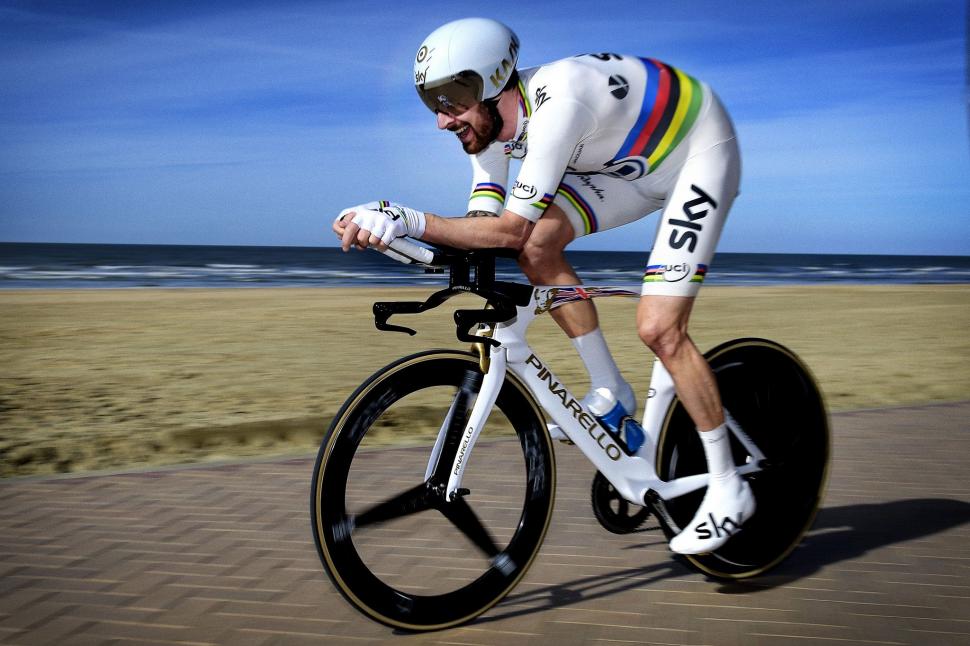
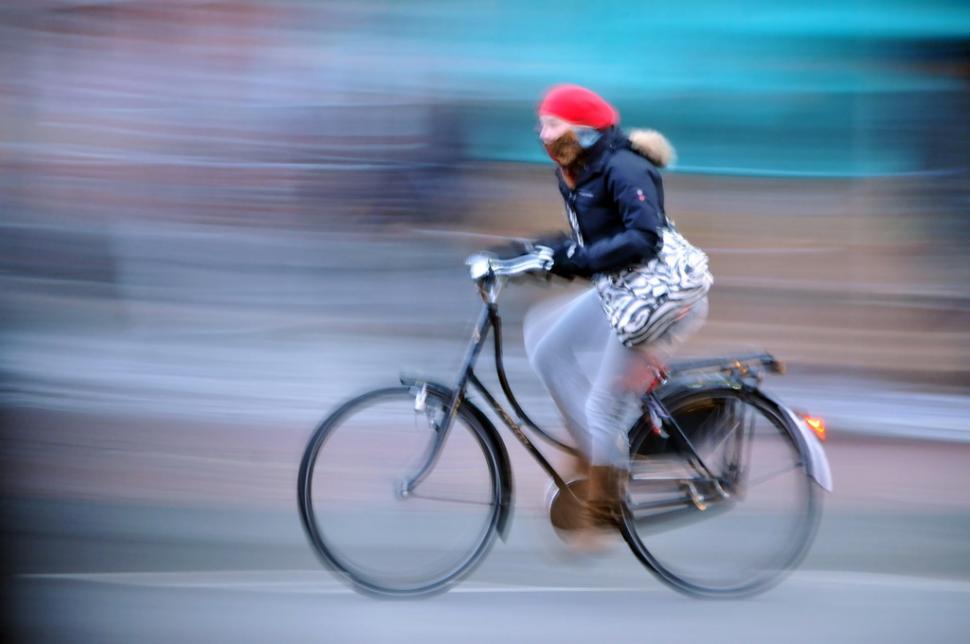
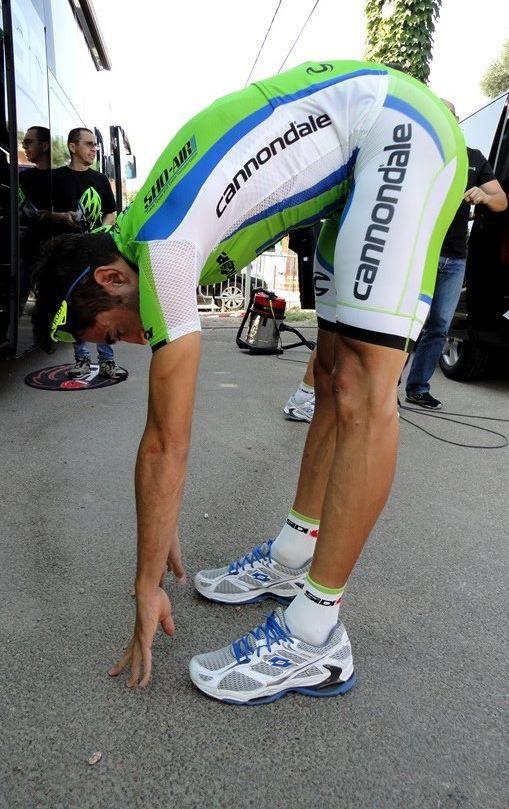
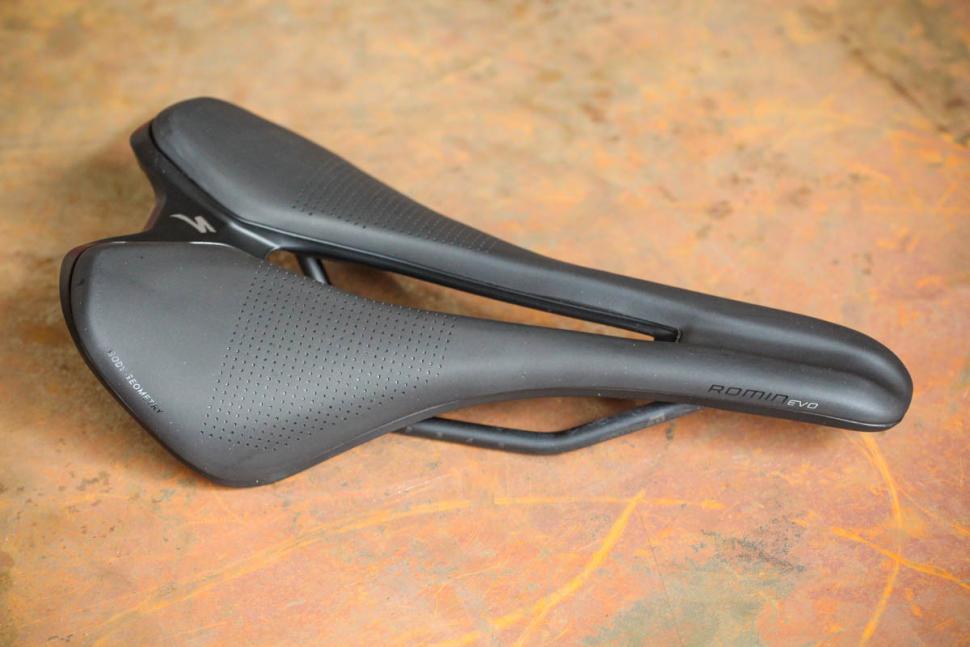
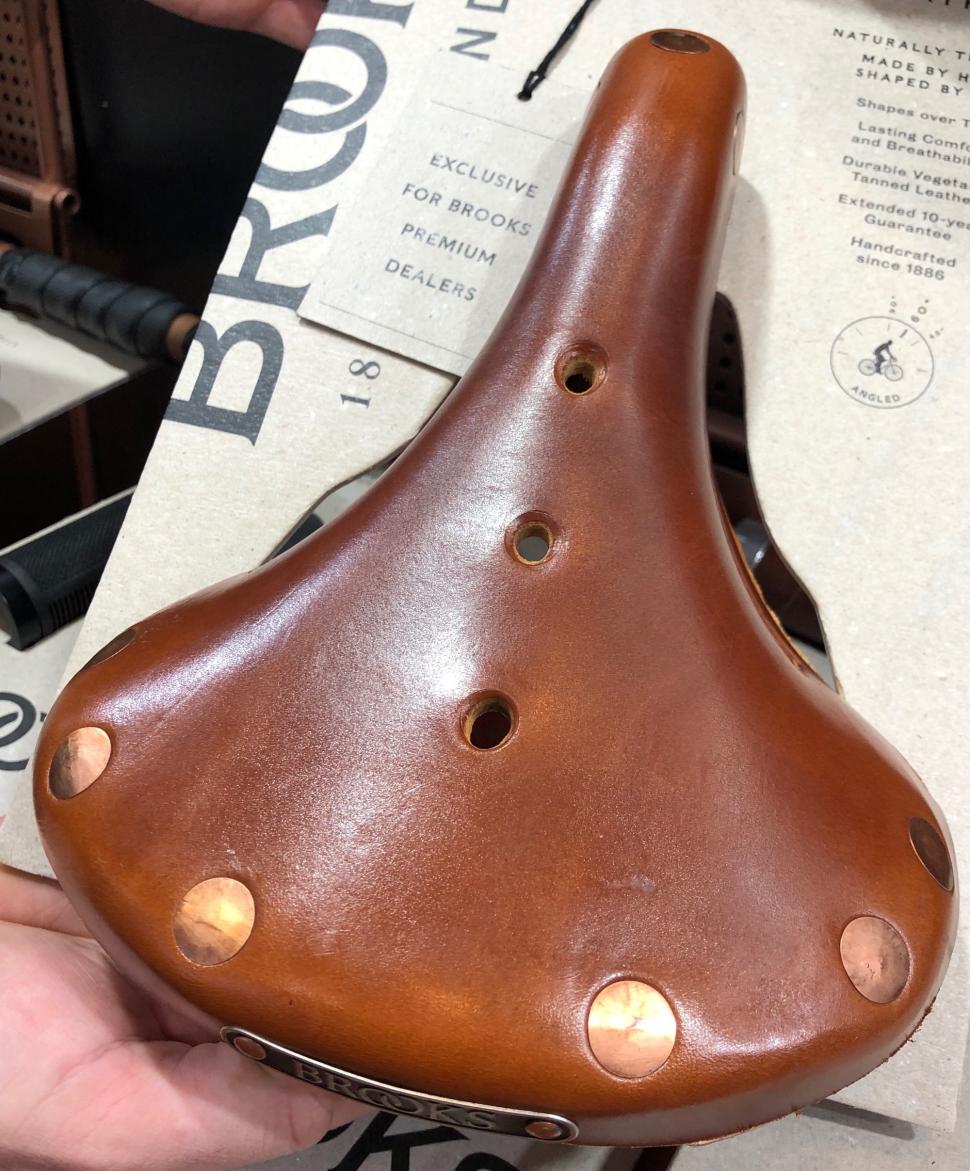
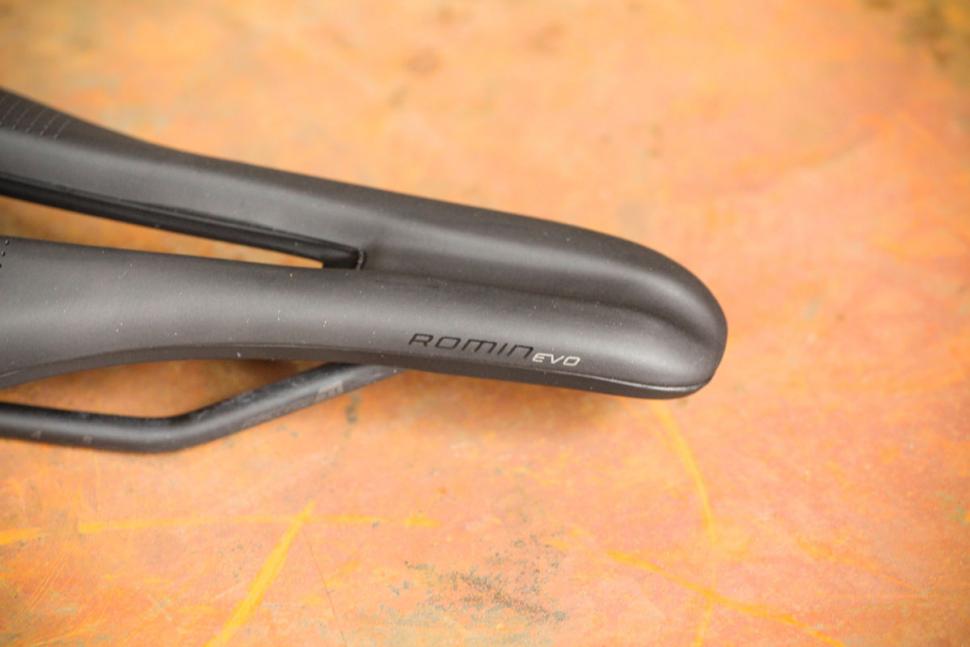
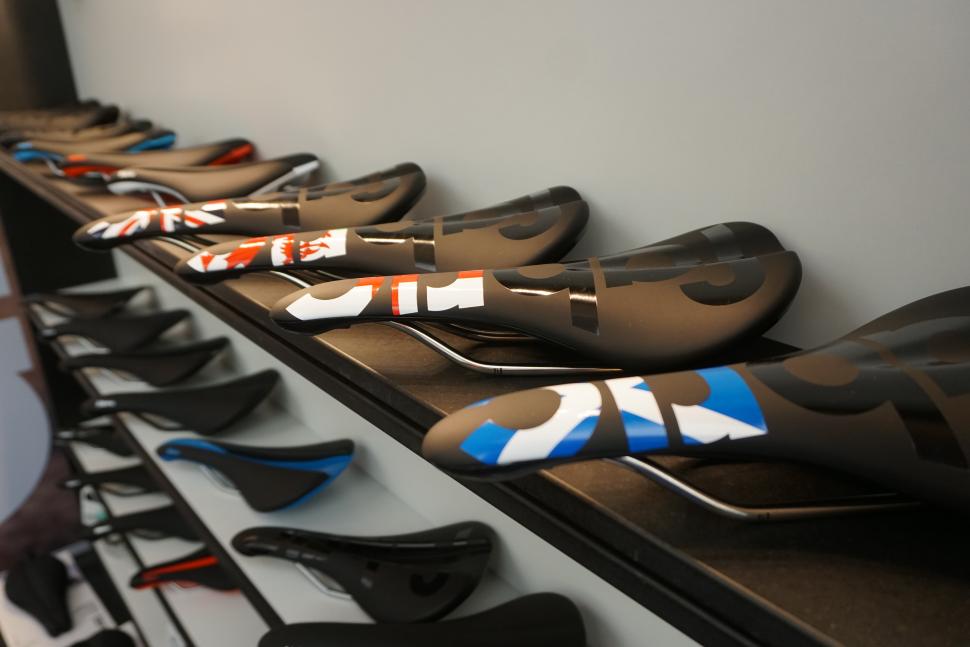
Add new comment
5 comments
Uncomfortable saddles are a state of mind....though you do see quite a few people out on the road 'rocking' on a high saddle. That won't help.
Best advice - apart from ensuring that it is set up properly - is to keep riding. As my tougher than me German mate used to say, 'You'll get used to it.'
Nah, or rather I mean they could be in some circumstances, and you might get used to it (hilarious machismo aside), but a lot of discomfort is also going to be due to a bunch of physical situations - such as combinations of physiology, bike fit / positioning saddle shape / design and actual manufacturing quality.
The next saddle you buy will be comfortable. The next saddle you buy will be comfortable. The next saddle you buy will be comfortable. The next saddle you buy will be comfortable. The next saddle you buy will be comfortable. The next saddle you buy will be comfortable. The next saddle you buy will be comfortable. The next saddle you buy will be comfortable.
Repeat to fade.
The perfect saddle for my TT bike is more illusive than the Higgs-Boson particle.
Nice simple article and makes a good change not to have suggested saddles